I am so happy with the feedback I’ve gotten about Everyday Preschool, my preschool activity book for families who never planned on homeschooling or want simple educational activities to supplement preschool at home. Here are 5 everyday preschool math activities from the book that anyone can do at home or in a preschool classroom.
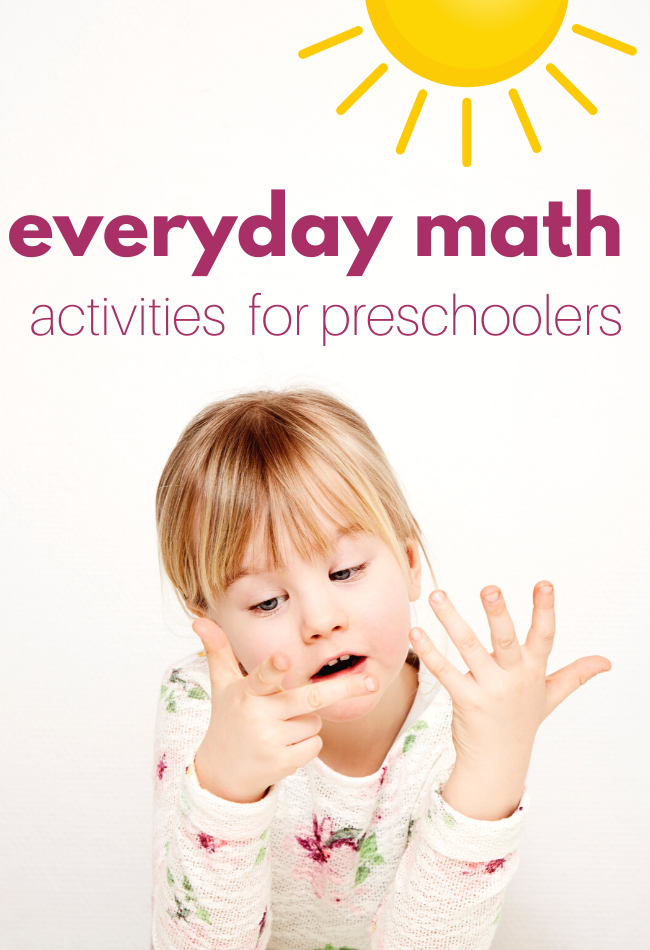
Simple Preschool Math Activities
- Go Grab 10!
This is a simple game you can play that gets your child moving as well as learning. It’s so simple that you can have older take over if you have something that needs your attention. All you have to do is ask your child, “Go grab 2 books, go grab 3 trucks, go grab 10 socks!”Make it easier -> Keep the amounts low and the things you have lots of ( spoons, shoes, books).
Make it harder -> Ask for larger amounts and make the items harder to find. “Go grab 3 things that are square, go grab 4 soft things, go grab 3 things that start with this sound…” - Who is the tallest?
Getting taller is an obsession with many kids because being big, aka grown-up is this somewhat elusive magical idea. If they only knew, right? Use that interest to help them learn some great math skills. This is all about comparing heights. When your whole family is together ( any size of family works!), line up from tallest to shortest. If you have a measuring tape go ahead and measure everyone. Write the measurements down. Look at those numbers together. Which is the biggest? Does the tallest person have the biggest number? Tuck the paper away and repeat this in a few months. Are the measurements the same? Why, why not? - Which can hold more?
This builds on the last page’s lesson about more and less, but this time it’s not about comparing amounts. It is about estimating capacity. It sounds tough, but it’s not. Grab 3-4 different size containers (some wide and shallow and some tall and deep) and a large measuring cup filled with water. Which container holds the most water? Fill and find out. Does the taller one hold more? Explore and have fun!Make it easier -> Do this at bathtime with plastic containers.
Make it harder -> As you fill each container, take note and write down their exact capacity and place them in order from smallest to largest. - How Many Do We have?
Grab a piece of paper and title it “How many do we have?” then, write the names of the items you want to count together. Plate, spoons, kid cups, wine glasses, bowls. Whatever you have. After counting each item, write the number down; if your child can write or can’t but wants to try, have them write it. Don’t worry about how perfect the four does or doesn’t look.Make it easier -> Have a small group of kitchen items out to count, for example, three forks, two cups, and four spoons.
Make it harder –> before counting, ask your child to make a prediction about which items will have the most, how many do they think there are? After counting, make a simple bar graph on the paper comparing the kitchen items you counted. - Graphing with toys
When adults think of graphing, we think of pretty complex graphs, but we keep things super simple when children are just learning. For this activity, you will need a bunch of toys, but not just any toys, toys that you can classify; color is a great differentiating factor. Make a basic graph with painter’s tape on carpet or sidewalk chalk outside. Next, add numbers along the y-axis and color names or whatever attribute you are sorting them by on the x-axis. Add your toys. Don’t forget to count and point out the amount that corresponds to the numbers on the y-axis.Make it easier -> Graph using only two attributes such as red and blue cars.
Make it harder –> Graph using many – red, orange, yellow, green, and blue Lego.
Need more preschool math activities for home? You need Everyday Preschool!
HERE IS WHAT YOU CAN EXPECT TO FIND INSIDE EVERYDAY PRESCHOOL:
- Over 170 simple preschool activities that use everyday materials. You don’t need to invest a lot of money to teach your child at home.
- Activities are short, with minimal prep, so you can fit some learning into your busy day.
- The book is organized into nine categories of learning; literacy, math, science, sensory, art, fine motor, gross motor, social-emotional, and bedtime reading tips.
- Everyday Preschool activity book was created using various state standards for PreK and has tips for making activities easier or harder to fit your child.
- An Appendix filled with an extensive book list links to free printables, song lyrics, nursery rhymes, my favorite playdough recipe, and more.
HERE IS A SNEAK PEEK INSIDE EVERYDAY PRESCHOOL
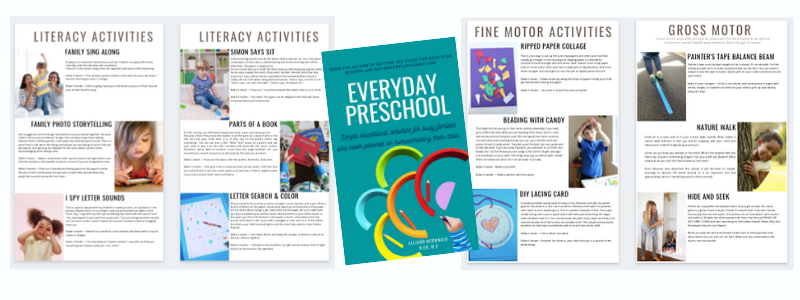
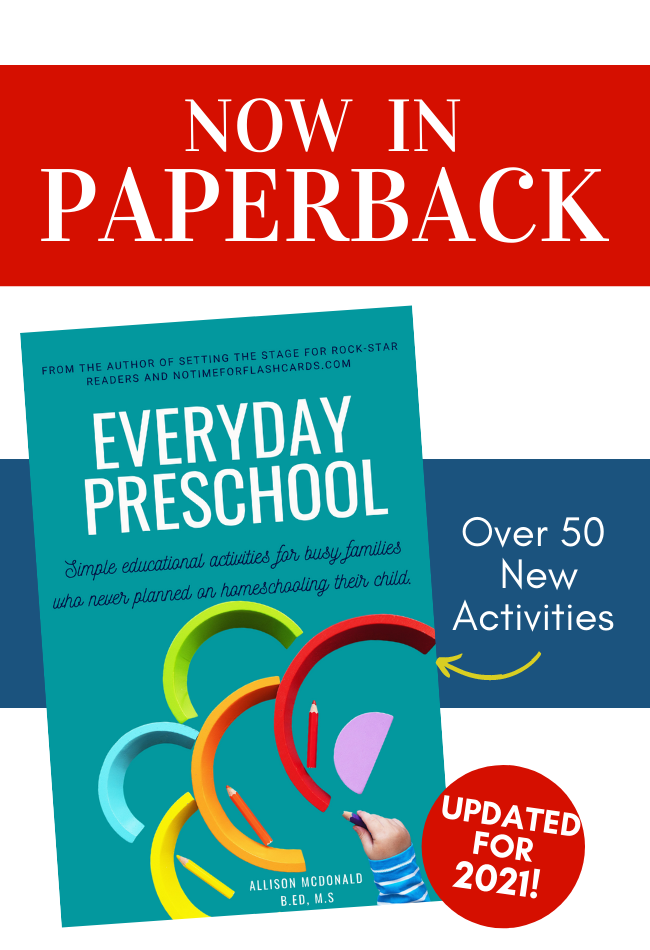

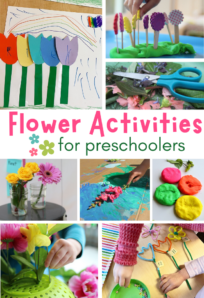
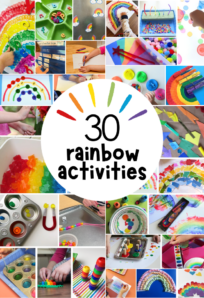
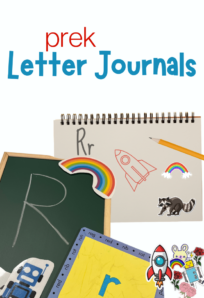
Leave a Comment